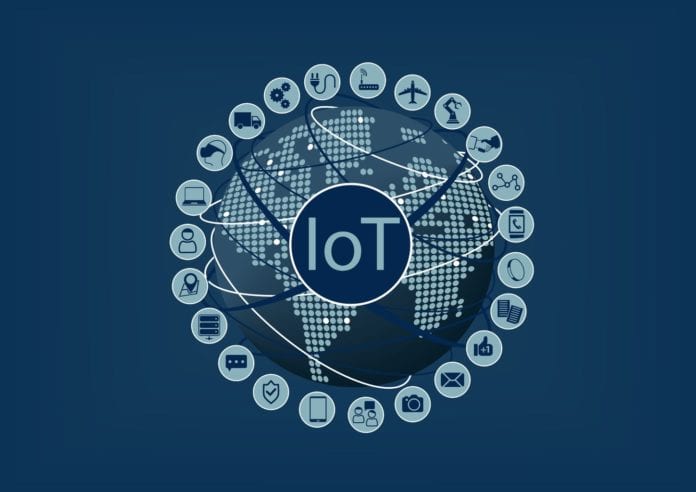As early 5G deployments begin amid expectations that the next generation of wireless technology will be enterprise-led, Small Cell Forum has been exploring the intersection of 5G, small cell infrastructure and the internet of things.
“It is widely accepted in the industry that small cells, based on 5G radio technologies (New Radio) and 5G-network technologies … along with auxiliary technologies such as Edge Computing and Network Slicing are essential components in realization of … 5G-Era use case categories,” the organization said in a newly published technical paper on enterprise 5G IoT use cases. Small Cell Forum said that it considers “5G-Era” to be a time when the three major use-case categories for 5G — enhanced mobile broadband, ultra-reliable and low-latency communications and massive and critical IoT — are commercially deployed.
While 4G IoT technologies are being deployed to serve IoT needs, Small Cell Forum said that those offering suit “a particular set of applications with limited bandwidth, latency and reliability requirements” and that current performance and scalability are lower than the targets for 5G, but sufficient to establish new connectivity business models. It also considers vehicle-to-everything technologies an “application-focused building block” for 5G IoT.
The forum categorizes new 5G IoT use cases in three broad categories:
-Massive IoT, requiring very high connection densities of up to 1 million devices per square kilometer, with low per-device data rates.
-Critical IoT, where performance and reliability are the key requirements.
-An emerging category of high-bandwidth IoT devices, such as security cameras and some healthcare applications.
Small cells will be necessary to support 5G IoT use cases because their small physical footprint means they can be deployed in high densities, the forum said. They are also the obvious choice to support the short propagation range of millimeter-wave-based 5G networks.
Small Cell Forum cited estimates from McKinsey that the overall IoT market opportunity could be as high as $11 trillion by 2025, and that the segments served best by indoor small cells or small cell networks (homes, retail, offices, factories and worksites) will make up an estimated $6.29 trillion by 2025.
The technical paper made note of several trends in specific enterprise segments that are suited for 5G IoT support via small cells, including:
-Modern office spaces are already becoming more mobile, the forum noted, depending on wireless technology — primarily enterprise-grade Wi-Fi — for collaboration and fluid environments, but “5G wireless broadband technologies can provide more reliable solutions, with intrinsically built-in mobility and security aspects of cellular systems.”
-Industrial IoT applications are particularly suited to benefit from auxiliary technologies including a virtualized, distributed network assets and edge computing, in order to help with reduced latency for applications such as robotic control. 5G network technologies including the Control Plane and User Plane Separation, or CUPS, offers the possibility for user plane functions to be brought closer to end devices to benefit IoT implementations; while network slicing will allow network resources to be partitioned and allocated for specific IoT applications in a way that is either static or potentially dynamic. Meanwhile, virtualization offers flexibility.
“Retailers with distributed locations, banks with branch models, and restaurant chains are some of the most likely targets for [enterprise small cell network] solutions,” the report said. “These IoT-rich environments have broad requirements for unencumbered coverage coupled with novel efficiency and isolation needs that drive specific optimizations and slicing needs. Similarly, worksites, cities, and transportation/logistics hubs also require novel security solutions best met with closed or private access and small cells.”

